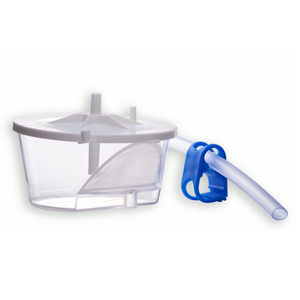Interesting Things About Cryogenic Preservation That Will Leave You Amazed
The first law of nature is preserved, and cryogenic preservation is ensuring success in the set endeavor. Cryopreservation is the first attempt to safeguard any living cells, tissues, organs, or entire bodies are protected from decay by storing them at extremely low temperatures.
The goal is to preserve them for indefinite periods until science becomes adept at reviving them, bringing them back to life, and maybe curing the condition that made them reach their dead-end.
According to the research, the fundamental goal is "to give people a much-needed second chance at life" and extend overall human lifespans.
How does cryogenic preservation work?
Cryogenic preservation involves 3 key steps once someone is dead.
- Firstly, the body is immediately placed in an ice bath. At the same time, a ventilation mask is used to provide adequate oxygen to the body's organs -- most importantly to the brain. Body temperature is tracked to ensure a gradual reduction.
For the experimentation, a dummy is used to exhibit the first steps of cryopreservation.
- Next, the body is "vitrified," which means its cells and organs are prepared for the ultra-low temperatures they will soon experience. This includes replacing the body's fluids with injected cryoprotective agents that play the role of antifreeze, shielding the body from the damage of becoming frozen.
- After the body is prepped for the cold, the process of controlled cooling takes place. This is the final step before the long-term storage and includes slowly cooling the body further.
- The body is kept in a protective insulating bag and in a cooling box where liquid nitrogen is fed in at a stable rate. Once fully cooled, bodies are stored in Cryostats indefinitely.
Does it work?
Cryogenic preservation cannot be guaranteed to work and it's up to people who want to give it a try.
As per research, cryopreservation is an incredible technology that makes the impossible possible, enabling us to store living cells at ultra-low temperatures. It has several useful applications in daily medicine, including cryopreserving blood cells, sperm, and embryos.
The Bottom Line
Cryopreservation has a long journey to unravel before it turns out to be a success. This is why, at the moment, we have no objective evidence that a whole human body can survive cryopreservation with cells that will function after rearming. Currently, nothing can be assured, whether or not we will be able to achieve it. For more information about cryopreservation and 4 Well Cluster Dish, keep reading.


.jpg)

Comments
Post a Comment